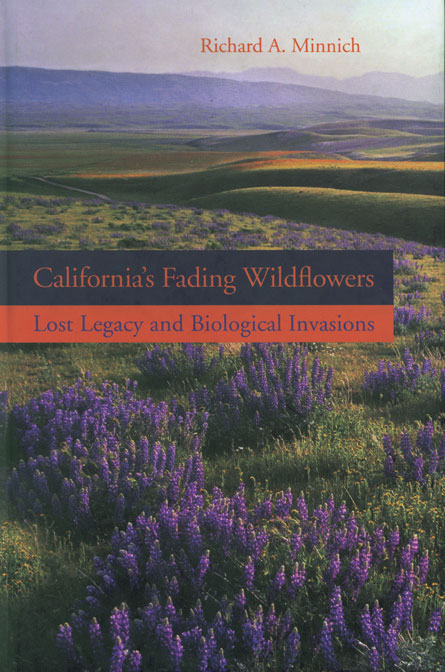California’s Fading Wildflowers: Lost Legacy and Biological Invasions by Richard A. Minnich
Review by Rachel Ehrenberg
“The land was very green and flower-strewn,” Pedro Font notes in a 1776 diary entry describing fields near the Los AngelesRiver where the city’s CivicCenter stands today. The journals of early Spanish explorers are the only detailed records of California’s herb cover before introduced species began spreading across the state, writes Minnich in this dense, vivid and painstakingly meticulous account of the GoldenState’s botanical heritage.

With a source list as rich as the state’s flora once was, Minnich describes the ebb and flow of California’s native and invasive plants, presenting evidence including newspaper articles, writings of early American botanists and records of local flora used as binding material in adobe bricks. He presents an exhaustive survey of existing documentation and provides a lens through which he reminds readers that beauty is in the eye of the recorder. While botanists later conducted broad surveys, earlier records were collected with a mind for agriculture and practical use. Purpose shaped documentation.
Minnich also revisits, and questions, stalwart notions of the state’s botanical history, such as the bunchgrass-grazing hypothesis—which blames the disappearance of native bunchgrasses on opportunistic, nonnative plants, such as wild oats. He details how the influx of cattle, sheep and forty-niners shaped and reshaped the landscape, as did the accompanying plants.
Not quite a dirge, Minnich’s account also notes years where natives have burst into bloom—most recently in 2005. With effective management, much of the flora need not be lost. In fact much of it is waiting, “banked” as seeds in the soil.
Univ. of California, 2008, 344 p., $49.95